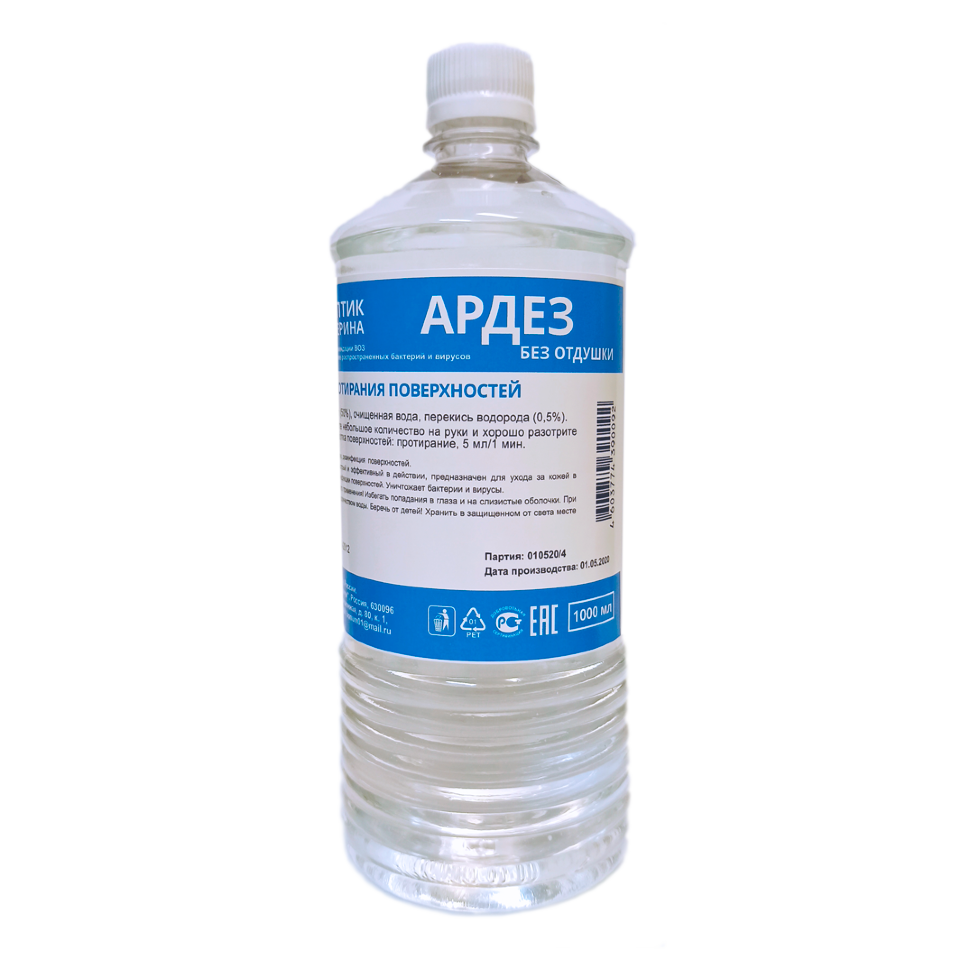
This image has format transparent PNG with resolution 970x970.
You can download this image in best resolution from this page and use it for design and web design.
Hand antiseptic, Hand sanitizer PNG with transparent background you can download for free, just click on download button.
Antiseptics are antimicrobial substances that are applied to living tissue/skin to reduce the possibility of infection, sepsis, or putrefaction. Antiseptics are generally distinguished from antibiotics by the latter's ability to safely destroy bacteria within the body, and from disinfectants, which destroy microorganisms found on non-living objects.
Some antiseptics are true germicides, capable of destroying microbes (bacteriocidal), while others are bacteriostatic and only prevent or inhibit their growth.
Antibacterials include antiseptics that have the proven ability to act against bacteria. Microbicides which destroy virus particles are called viricides or antivirals. Antifungals, also known as an antimycotics, are pharmaceutical fungicides used to treat and prevent mycosis (fungal infection).
Hand sanitizer is a liquid, gel, or foam generally used to decrease infectious agents on the hands. In most settings, hand washing with soap and water is generally preferred. Hand sanitizer is less effective at killing certain kinds of germs, such as norovirus and Clostridium difficile and unlike soap and water, it cannot remove harmful chemicals. People may incorrectly wipe off hand sanitizer before it has dried, and some are less effective because their alcohol concentrations are too low.
In most healthcare settings alcohol-based hand sanitizers are preferable to hand washing with soap and water, because it may be better tolerated and is more effective at reducing bacteria. Hand washing with soap and water; however, should be carried out if contamination can be seen, or following the use of the toilet. The general use of non-alcohol-based hand sanitizers has no recommendations.
Alcohol-based versions typically contain some combination of isopropyl alcohol, ethanol (ethyl alcohol), or n-propanol, with versions containing 60% to 95% alcohol the most effective. Care should be taken as they are flammable. Alcohol-based hand sanitizer works against a wide variety of microorganisms but not spores. Compounds such as glycerol may be added to prevent drying of the skin. Some versions contain fragrances; however, these are discouraged due to the risk of allergic reactions. Non-alcohol based versions typically contain benzalkonium chloride or triclosan; but are less effective than alcohol-based ones.
Alcohol has been used as an antiseptic at least as early as 1363 with evidence to support its use becoming available in the late 1800s. Alcohol-based hand sanitizer has been commonly used in Europe since at least the 1980s. The alcohol-based version is on the World Health Organization's List of Essential Medicines, the safest and most effective medicines needed in a health system.
In this clipart you can download free PNG images: Hand antiseptic PNG images free download, Hand sanitizer PNG